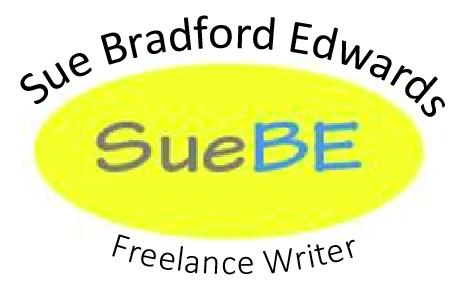This past weekend, a friend’s son graduated from high school. Given his sense of humor, none of us should have been surprised when reading his graduation cards aloud, he also read out each punctuation. “Congratulations comma graduate exclamation point.”
Then he got to a symbol that he recognized but didn’t now the name. It was, as you may have guessed because of the blog title, an ampersand. To be more specific, it was the ampersand.
Given that there was a room full of geeks and nerds, we soon launched into a discussion involving typography and font. Specifically, if the symbol on the left in the photo is an amersand, what is the one on the right?
No one could turn up a quick answer on their phones so I did a bit of research when I got home. Hey, I’m a nonfiction writer! What did you expect?
The first ampersand was created by the Romans. It was the letters E and T combined into into one symbol (this type of combination is called a ligature). Et is the Latin word for “and.” See the blue symbol above.
In early English and Latin alphabets, & was a letter of the alphabet. Specifically, it was the 27th letter of the alphabet. This means that when people would recite the alphabet, they would end with “x, y, z and per se &” or ” x, y, z and per se and.” Eventually, this final phrase was compressed into amersand.
Why “per se &”? Because when a symbol can be a letter or a word, per se and the name of the symbol indicated that you were saying the letter vs the word. So “per se I” comes after H. “I” simply means me. “Per se A” is the first letter of the alphabet. “A” is an article. “Per se &” is the last letter of the alphabet. “&” preceeds the last word or phrase in a list.
I’ve had more than one editor who would almost certainly tell me that no young reader would care. The young man who graduated? He’s going into linguistics and museum studies. Geeks and nerds, people. Geeks and nerds.
–SueBE

